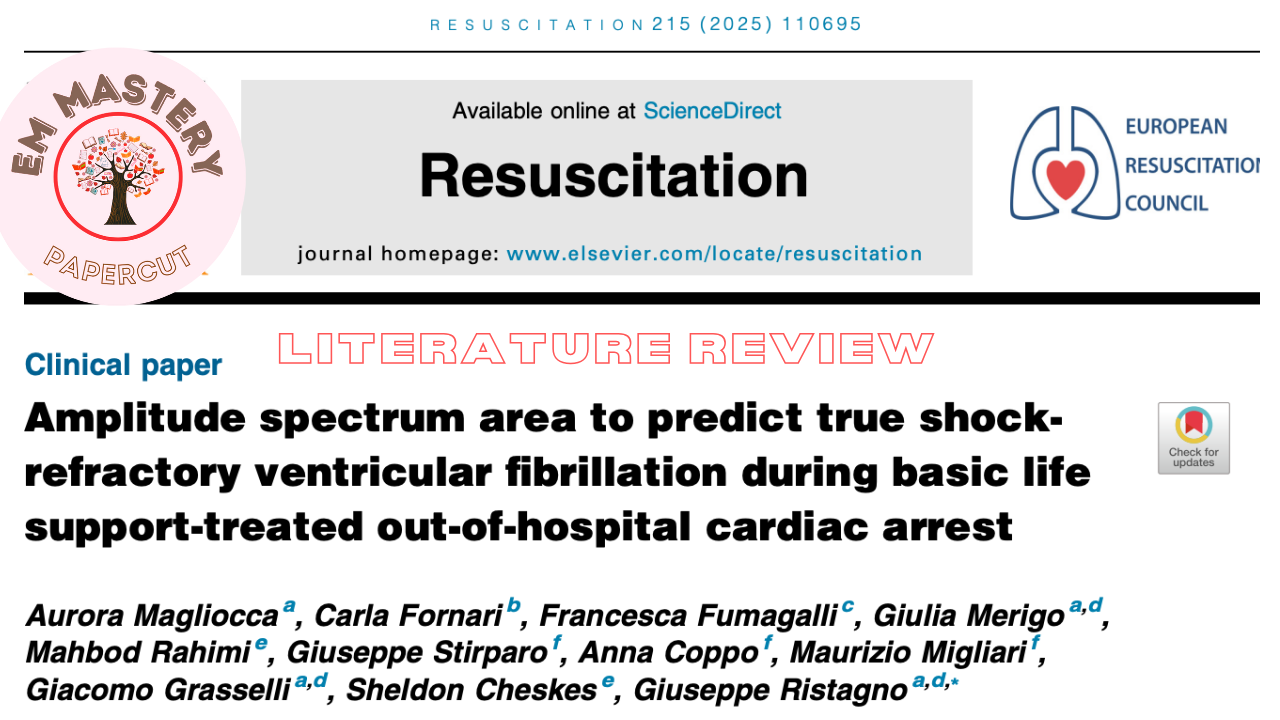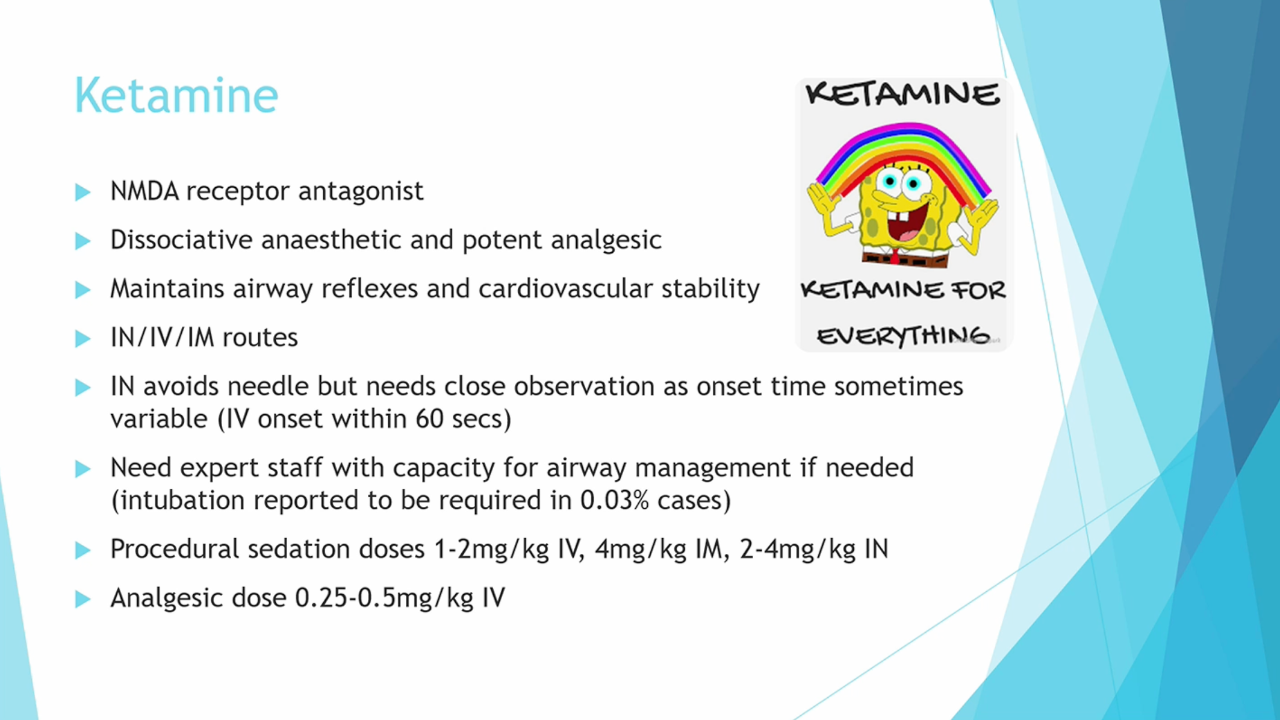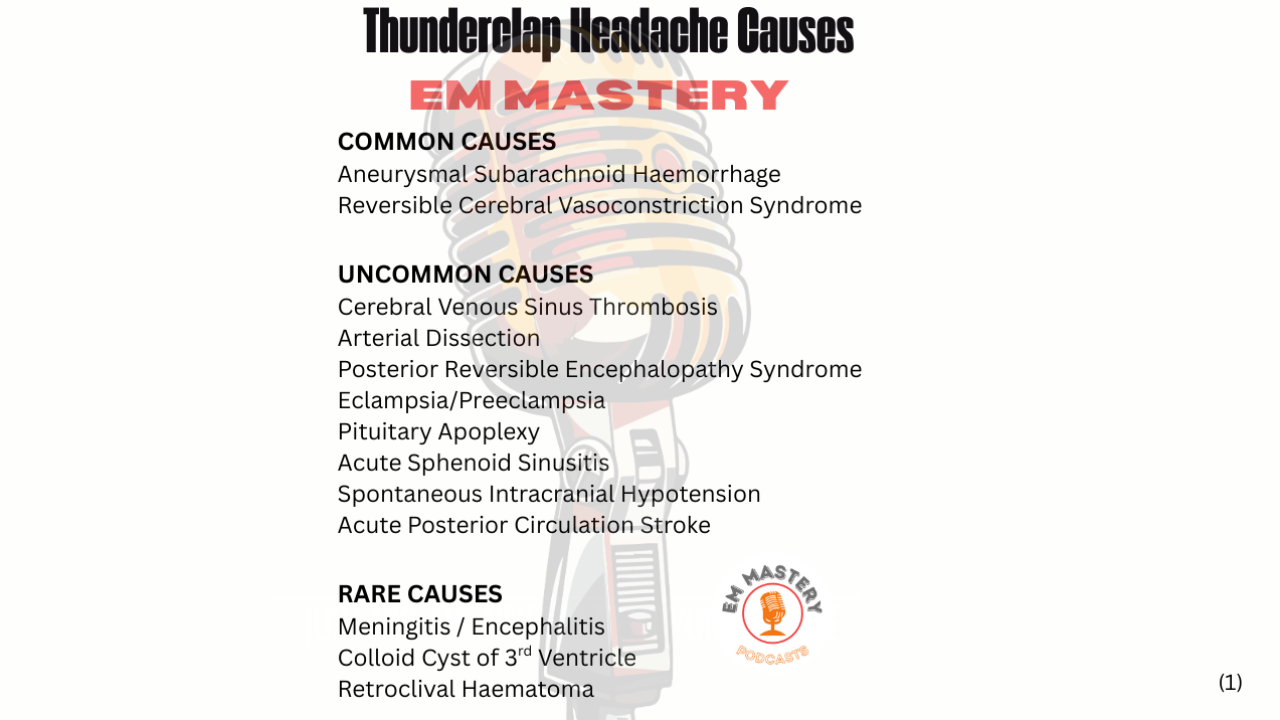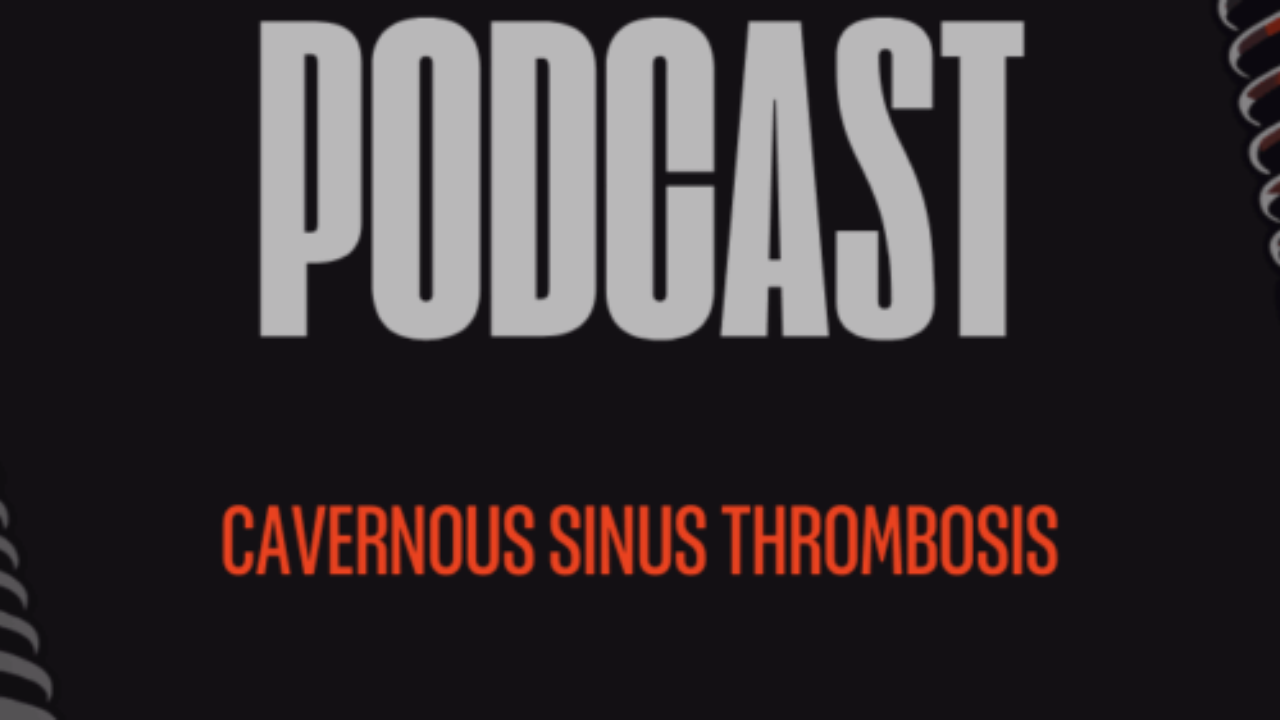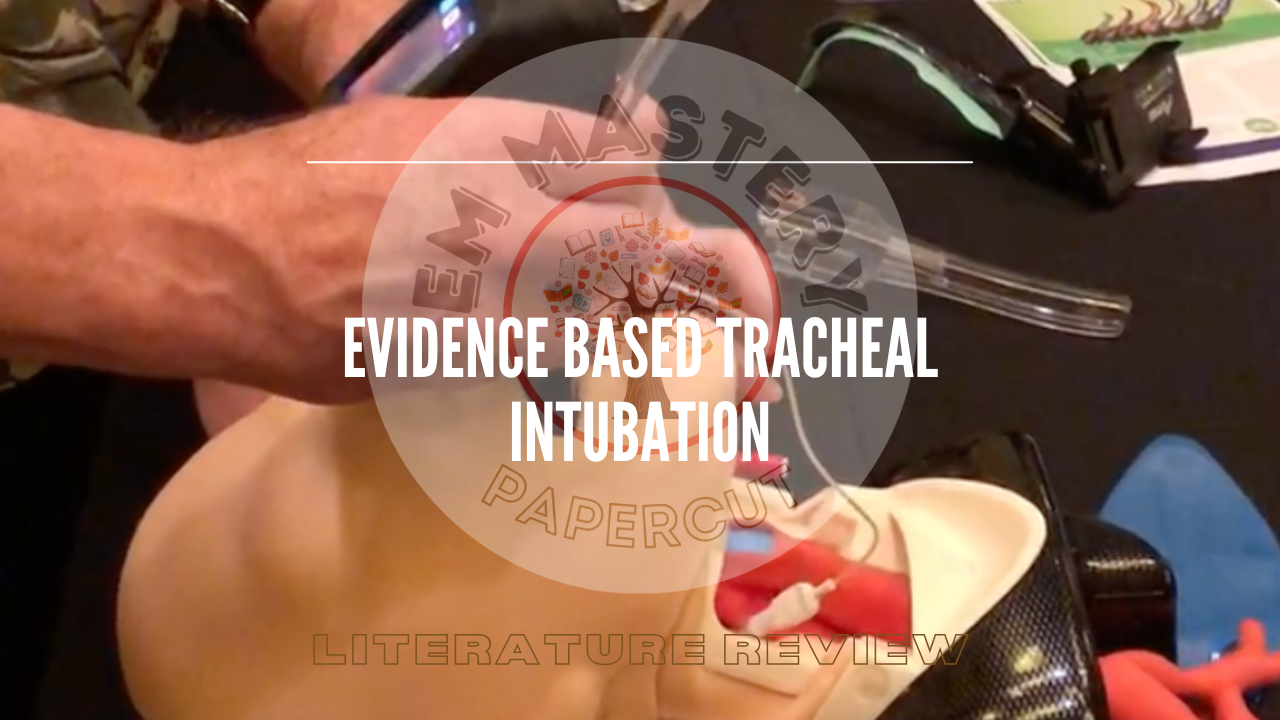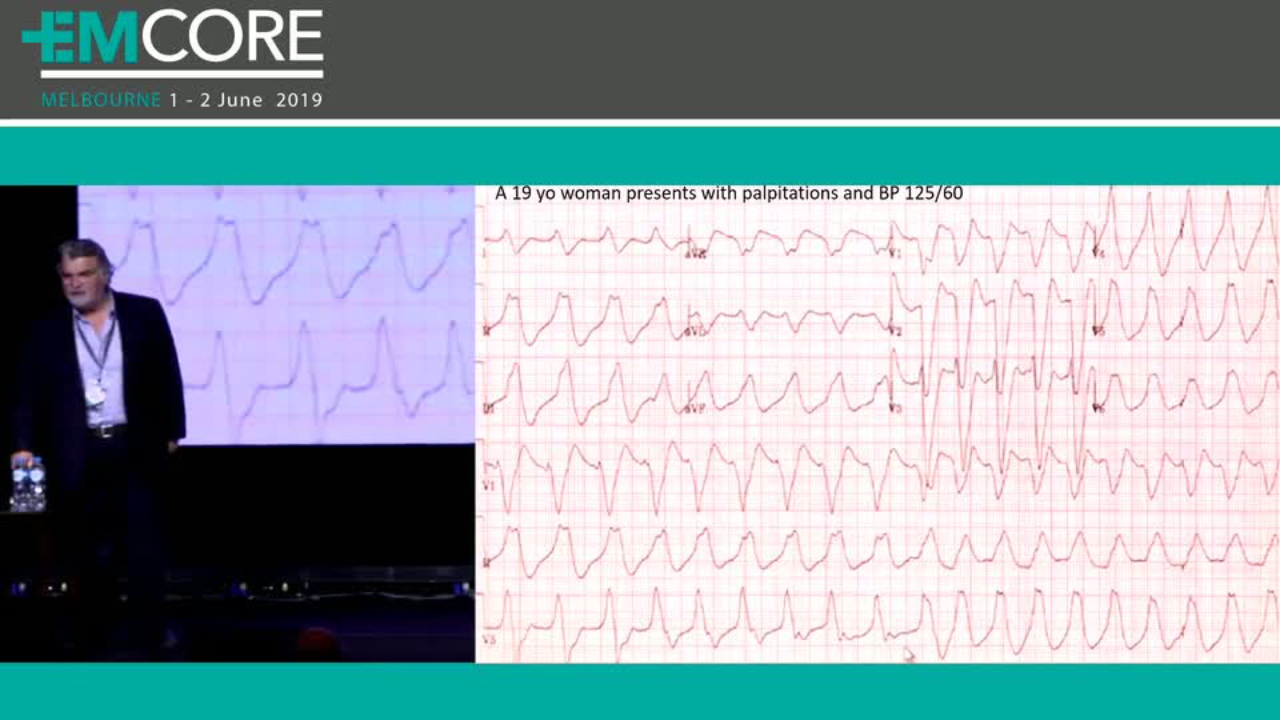
Pericarditis
Mar 27, 2024Case 1
A 35 yo male presents with palpitations and pleuritic chest pain. He’s recently had a viral illness but has no other medical history. At 1am in the morning, the patient was woken by palpitations. He now complains of left sided chest pain and dyspnoea. His vitals are normal.
His ECG is shown below. What is the diagnosis? Is it pericarditis, or Benign Early Repolarisation(BER) or ST elevation myocardial Infarction(STEMI)?

If we analyse this ECG:
Rate: 84 bpm
P waves: Upright in I, II and inverted in aVR = leads in right place and normal sinus rhythm
QRS: Not too tall, not too small, normal morphology and no clumping
ST-T segments Saddle shaped elevation in II, aVF, V4-6 – this widespread ST elevation with no reciprocal changes ie., no reciprocal ST depression, indicates pericarditis.

There is ST depression in aVR as well as PR elevation- This indicates pericarditis.
Intervals: PR and QT are normal, but there is PR depression in some leads
What other features do we see in this ECG?
1 There is J-point notching in V4 which is more consistent with BER.
2 The ST Segment/T wave ratio is ¼ = 0.25- this doesn’t help us as >0.25 = pericarditis.
HOW DO WE DIAGNOSE PERICARDITIS?
A December 2014 NEJM article(1) provides a good clinical practice review of this topic.
To diagnose pericarditis we need a minimum of 2 of the following 4 criteria:
1 Typical chest pain
-Especially pleuritic pain, preacordial or retrosternal, relieved by sitting forward
-Pain that radiates to trapezius ridge(2) (considered pathognomonic)
-Remember that the pain may not always, and I find is not often typical.
2 Pericardial Friction Rub– this is transient
3 Typical ECG changes
- ST elevation across several territories- this should be concave
- PR depression
- PR depression is very specific for pericarditis. It is a result of subepicardial injury. PR depression occurs in all leads except aVR and V1. In these two leads the PR segment.....
Join Our Free email updates
Get breaking news articles right in your inbox. Never miss a new article.
We hate SPAM. We will never sell your information, for any reason.




